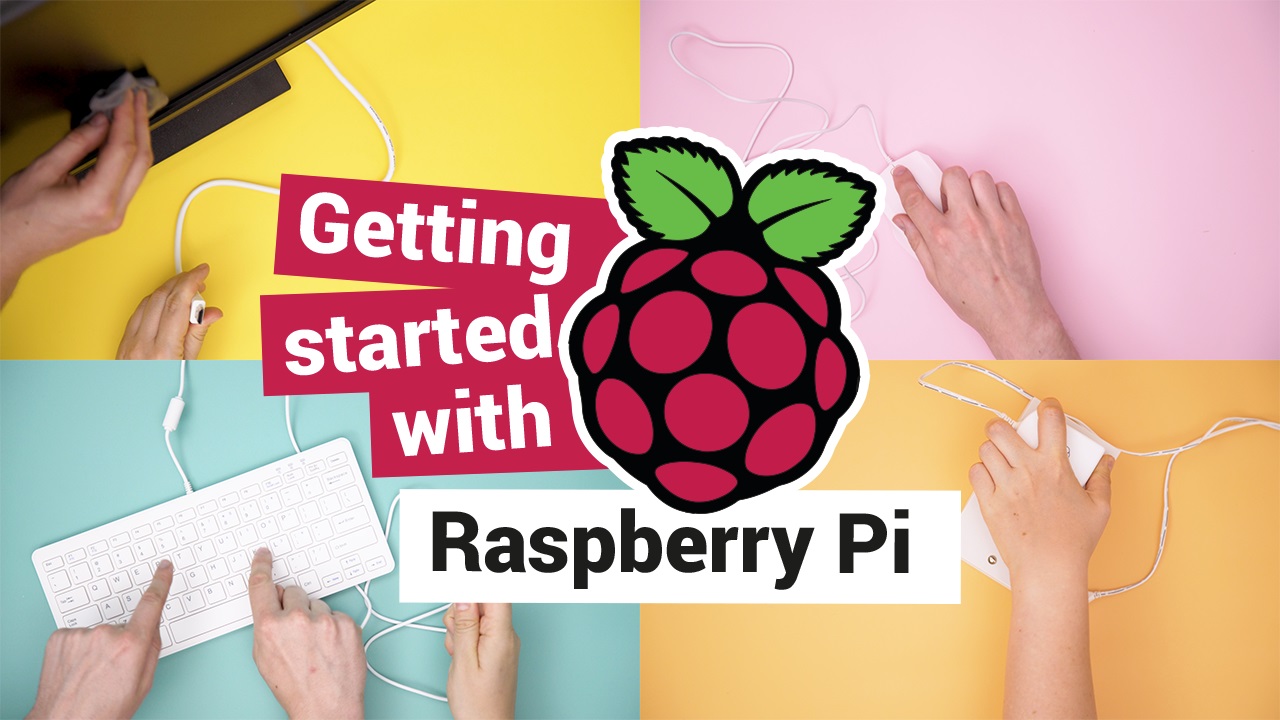Discover the essential items that you'll need to your Raspberry Pi and also how to connect them to get it set up and working. The Raspberry Pi has been designed to be quick and simple to set up and use as you can, but -- just like every other computer -- it relies on different external components, called peripherals. While it's easy to take a peek at the bare circuit board of the Raspberry Pi -- which appears considerably different to the encased, closed-off computers you may be used to -- and also stress matters are about o get complex, that is not the situation. You can be up and running with the Raspberry Pi well under ten minutes simply by following the steps in this manual. If you have received this publication as part of this Raspberry Pi Starter Kit, then you will already have almost everything you will need to get started: all you have to supply is a computer monitor or TV with an HDMI connection -- the exact same sort of connector utilized by set-top boxes, Blu-ray gamers, and games consoles -- so you may see exactly what the Raspberry Pi is doing.
You'll want:
The Official Raspberry Pi Power Supply is the suggested alternative, since it can deal with the fast switching power demands of the Raspberry Pi.
- MicroSD card with NOOBS -- The microSD card acts as the Raspberry Pi's permanent storage; all of the documents you create and applications you install, along with the operating system itself, are stored on the microSD card. An 8GB card can get you started, though a 16GB card offers more room to grow.
- USB mouse and keyboard The keyboard and mouse allow you to command the Raspberry Pi. Almost any wired or wireless mouse and keyboard using a USB connector will work together with the Raspberry Pi, though some 'gambling' design keyboards with recessed lighting may draw a lot of power for use faithfully.
Important Update:
Competition for Young Makers in China and the United States in 2021
There's no need to devote a lot of money in an HDMI cable. If you're using a computer screen without an HDMI socket, then you can purchase HDMI to DVI-D, DisplayPort, or VGA adapters; should you wish to join your Raspberry Pi into an older TV which utilizes composite video or has a SCART socket, use a 3.5 millimetre tip-ring-ring sleeve (TRRS) audio/video cable.
The Raspberry Pi is safe to use with no circumstance, providing you don't put it onto a metallic surface which could conduct electricity and create a short-circuit. An optional case, though, can provide extra security; the Starter Kit contains the Official Raspberry Pi Case, while third-party cases are available from all good tockists.
If you would like to utilize the Raspberry Pi on a wired network, instead of a wireless (Wi-Fi) network, you will also need a network cable. This ought to be connected at one end for your network's router or switch. If you are intending to use the Raspberry Pi built-in wireless radio, then you won't require a cable; you will, however, need to know the title and key or passphrase for your wireless network.
Setting up the hardware
Begin by unpacking your Raspberry Pi out of its box. The Raspberry Pi is a strong piece of hardware, but it does not mean it is indestructible: attempt to get into the practice of holding the board by the edges, instead of on its flat sides, and be extra careful around the raised metal pins. If these pins are bent, at best it'll make using add-on boards and other additional hardware hard and, at worst, can give rise to a short-circuit which will hurt the Raspberry Pi.

















.png)



